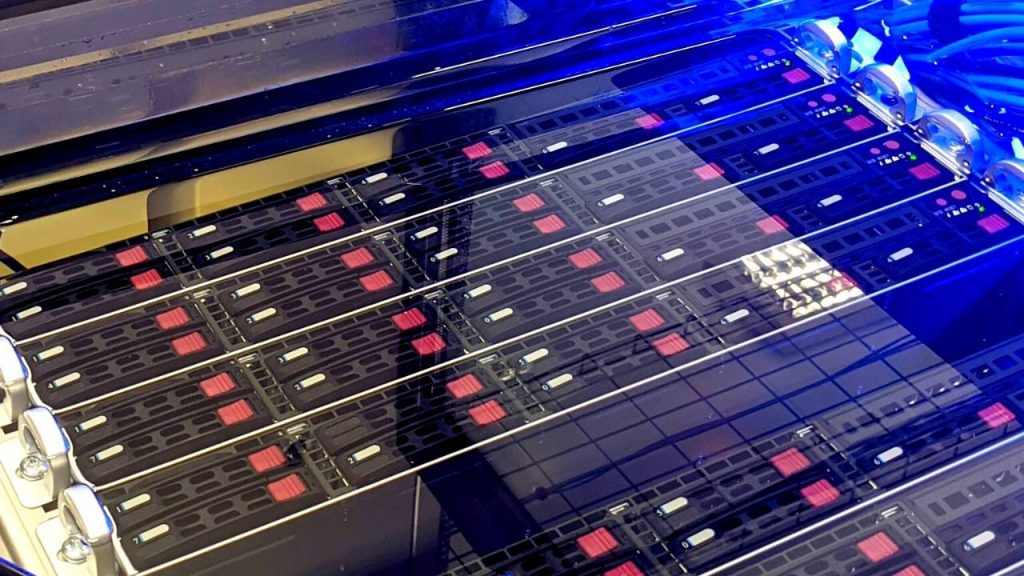How the use of liquid immersion cooling in data centres is leading to cost savings and a cleaner environment
Digital technologies are the backbone of the world economy. To make this crucial system work, there is a heavy reliance on massive data storage infrastructure. These networks of data centres require a huge amount of electricity to keep them running. Power requirement is not just for helping the data centres run, but also to keep the servers that house the data in a controlled environment operating effectively. The eventual results of this are massive heating and cooling bills, and costs if not checked have a way of eating into businesses’ revenues and profits.
Data companies have been addressing their power consumption; this is in line with the reduction of their environmental impact given that the data industry has been identified as one of the drivers of the economy and the demand for its services will continue to increase.
Benefits of liquid immersion cooling
Several data centre companies have invested already or investigating new ways to cool servers. They are submerging their data storage infrastructure in more sustainable technologies such as liquid immersion cooling, reducing their energy consumption by almost half. It is not only power reduction that the adoption of liquid immersion cooling technology brings to businesses, there are other benefits too.
Resources are also being conserved. For instance, the data centres that have adopted the future cooling technology, as liquid immersion is referred to, have reported a reduction in water use by a figure that is a few points shy of a 100%. Also, the space taken up by servers has been reduced significantly with conventional figures indicating 18% less space.
As has been stated by the officials of leading information technology companies, the results of switching to liquid immersion cooling technology are impressive when looked at from an energy consumption perspective. The use of two-phase-immersions cooling led to a reduction of power consumption for servers from 5% to 15%.
The quietness of data centres
Power consumption is not the only concern of the data centres. These crucial infrastructures can also be noisy, not just inside but outside too. Inside, the fans and HVAC systems (heating, ventilation and air conditioning systems) have been identified as occupation hazards for the workers in the data centres. In some cases, the noise generated by the systems in the data centres exceeds the recommended limits. Outside the data centres, the situation is the same, equipment such as generators, condensers, fans, and compressors cause noise pollution. Those who have adopted liquid immersion cooling have found a solution to this problem. With this, they are creating a quiet environment, not just for the employees but for neighbours too.
As the world goes through digital transformation, we expect demand for data storage services to increase significantly and rapidly. Looking for ways to reduce the carbon footprint of this crucial component is plausible. The adoption of liquid immersion cooling is a step in the right direction. As stated by players who have adopted the future technology, its efficiency and cost-effectiveness make it a must-have for environmentally conscious entities.

